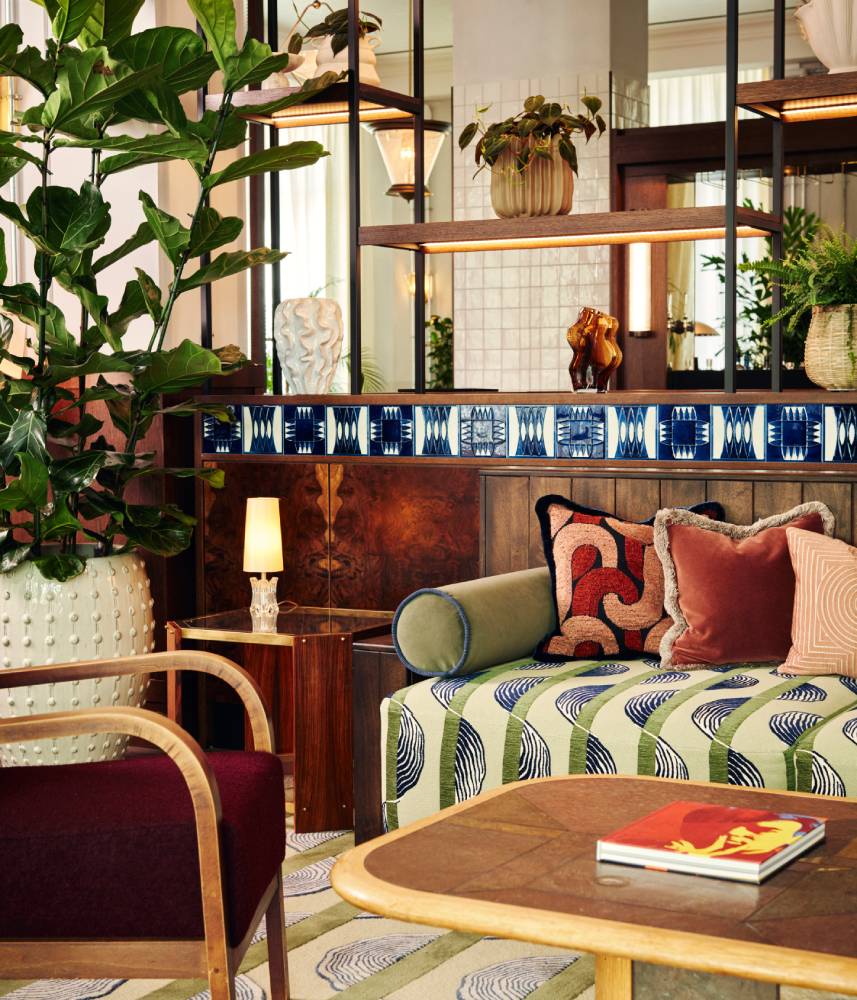The Big Question
Time and resource are required from the client before the designer gets started – from your experience, what is the ideal?


Zoe Moss, Divisional Director, Charles Edward Ltd
Developed and educated clients provide us, as contractors, the best platform upon which to succeed in fit-out delivery, which is why they form the ‘ideal’ customer base. They recognise that taking the time to gather requirements and testing what the project goals truly are with the relevant stakeholders are centric to a project. If any client can continually check back to the project goals set before a designer has any involvement, for us, always leads to a more focused, ideal and efficient construction journey.

Nick Threlfall, Design Director, Regal London
The better the brief the better the outcome, so we invest significant resource early on to clearly express the specific objectives for a project. As an industry, we are moving away from an era with a binary approach to procuring design; early engagement and increasing collaboration is the way forward. As a client, we see the benefits of continued engagement with our designers throughout all stages of the design process.

Melanie Woolcott, Workplace Director, Orbit Architects
It always amazes me when a client believes you (the designer) can just magic a design that represents their organisation without spending time to understand the client and their true requirements. In an ideal scenario, the client allows you to engage with them at three levels: senior stakeholders, internal project team and staff representatives. Ultimately, this may be only a few focus hours in meetings, workshops and presentations, allowing the design team to create a design brief that articulates their true and validated requirements. Understand before you design. Design before you build. Build before you use.

Jack Pannell, Director, Common Ground Workshop
The most successful project outcomes tend to arrive where a client is fully informed and engaged from the outset, and where a well considered brief is in place ahead of making key decisions and engaging a consultant team. More often, we are seeing clients request pre-stage 0 consultancy advice; we recognise that these requests are invaluable and encourage pre-stage 0 discourse in developing our client-first approach.

Chris Crawford, Senior Associate, Gensler
In any design conversation, the sooner we can engage with the client, the better. By discussing high-level aspirations and objectives of the project we might perhaps re-frame the direction it takes. Accompanying clients on site visits to prospective buildings and conducting due diligence studies can identify potential challenges and opportunities early on. This avoids being ‘stuck’ with unsuitable buildings, budgets that don’t meet the client’s aspirations, as well as short timeframes, which can dictate the procurement route.

Paula McCloskey, Marketing Director, Specialist Joinery Group
The designers we work with develop the deepest empathy for their clients, their people and objectives. I think the most memorable and enjoyable projects to work on have had a more involved client, who have shown interest in visiting our facilities, meeting our people on the ground, crafting their products, and getting involved in the delivery journey.

